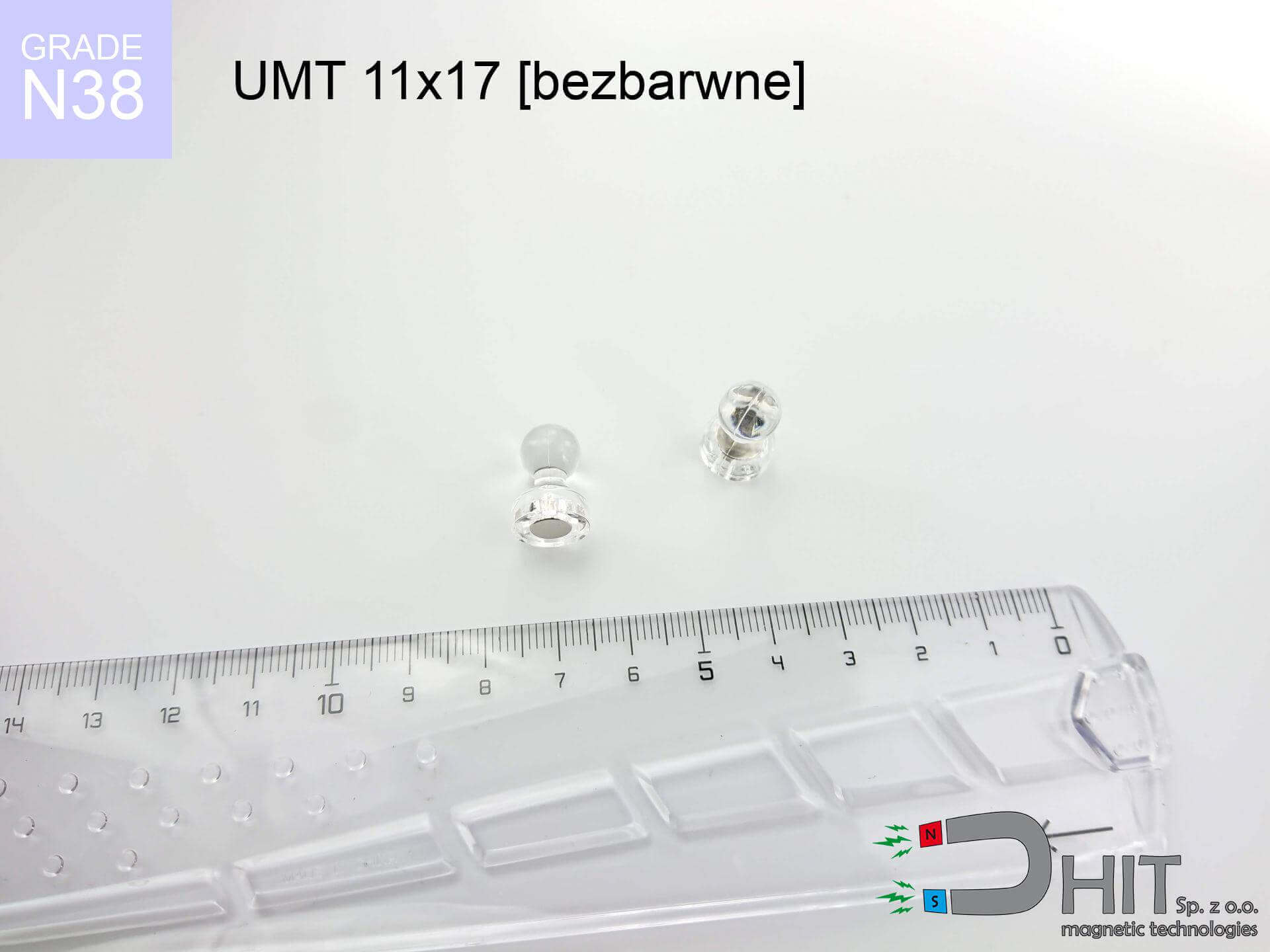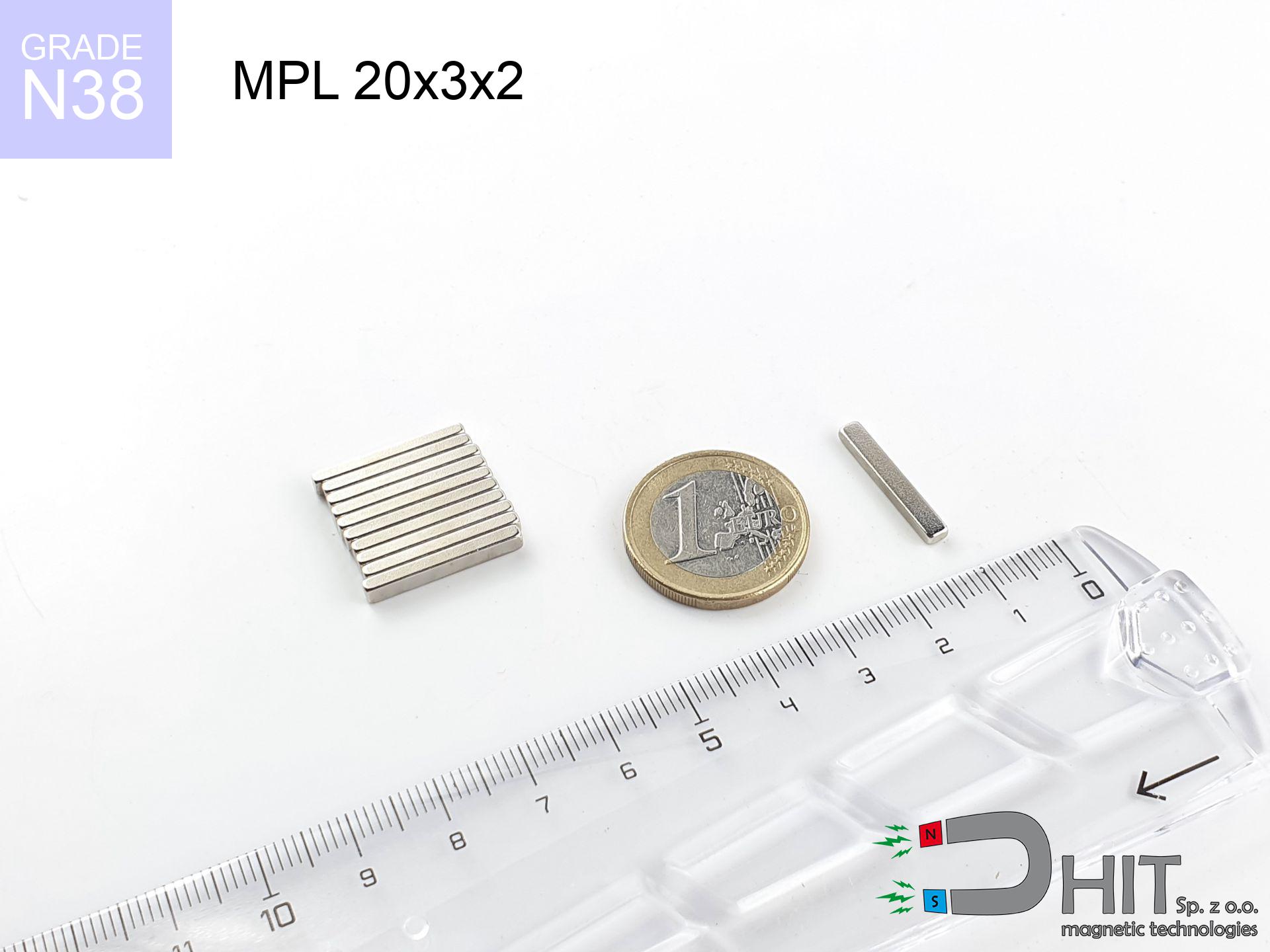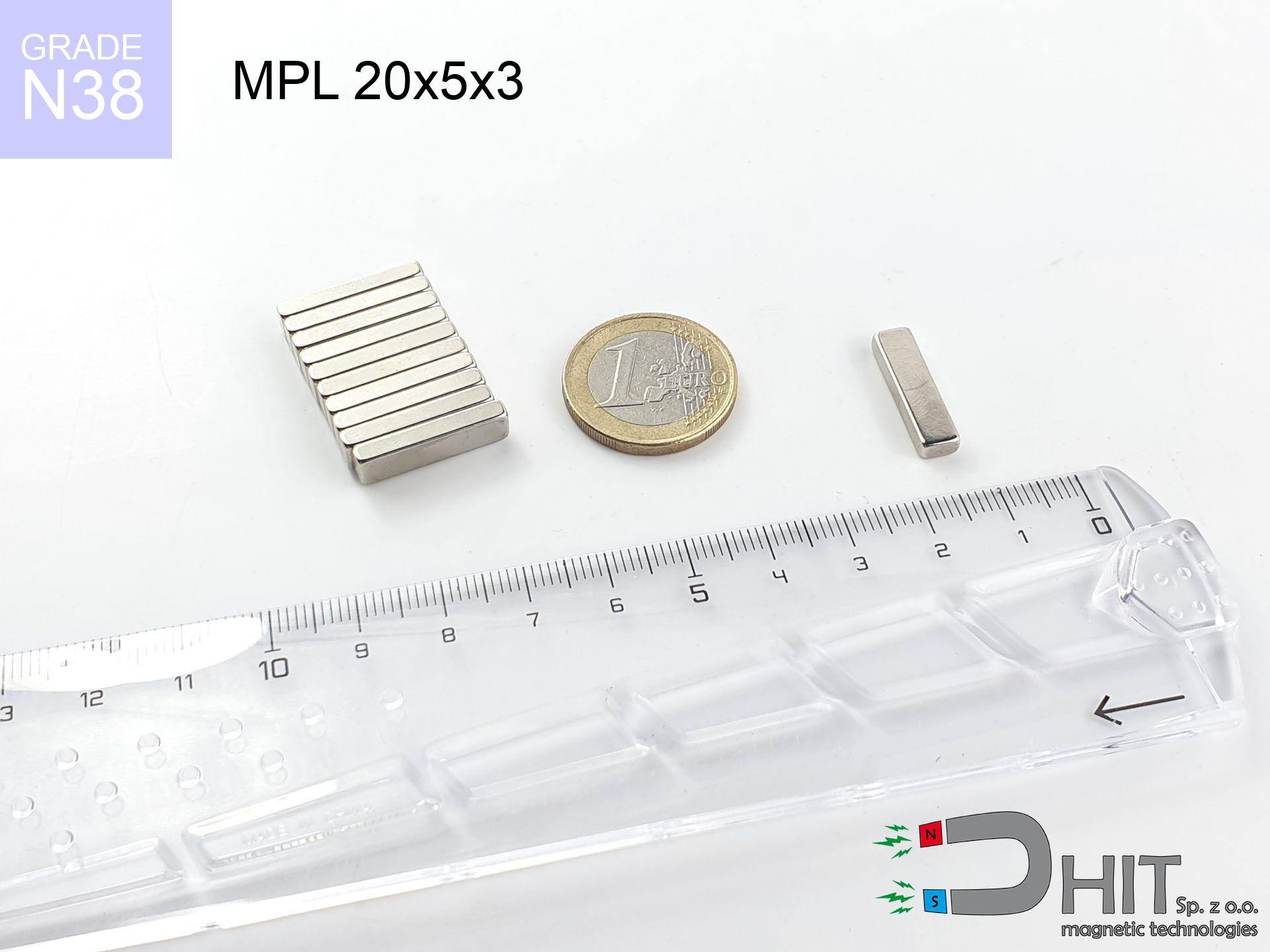UMT 12x20 green / N38 - magnetic pin
board holder
catalog number 230281
GTIN: 5906301814337
diameter Ø
12
mm [±0,1 mm]
height
20
mm [±0,1 mm]
max. temperature
≤ 80
°C
catalog number 230281
GTIN: 5906301814337
diameter Ø
12 mm [±0,1 mm]
height
20 mm [±0,1 mm]
max. temperature
≤ 80 °C
1.89 ZŁ gross price (including VAT) / pcs +
1.54 ZŁ net price + 23% VAT / pcs
bulk discounts:
need more quantity?Don't know what to choose?
Call us tel: +48 22 499 98 98 or write through form on the contact page. You can check the strength and the shape of neodymium magnets in our force calculator magnetic calculator
Orders placed by 2:00 PM will be shipped on the same business day.
Specification: board holder 12x20 green / N38
Magnetic properties of the material N38
Physical properties of sintered neodymium magnets Nd2Fe14B
List recommended items
Advantages as well as disadvantages of neodymium magnets NdFeB.
In addition to immense strength, neodymium magnets have the following advantages:
- They do not lose their strength (of the magnet). After about 10 years, their power decreases by only ~1% (theoretically),
- They are exceptionally resistant to demagnetization caused by an external magnetic field,
- Thanks to the shiny finish and nickel, gold, or silver coating, they have an aesthetic appearance,
- They have very high magnetic induction on the surface of the magnet,
- By using an appropriate combination of materials, they can achieve significant thermal resistance, allowing them to operate at temperatures up to 230°C and above...
- Thanks to the flexibility in shaping and the ability to adapt to specific requirements – neodymium magnets can be produced in a wide range of shapes and sizes, which enhances their versatility in applications.
- Significant importance in the industry of new technologies – are utilized in HDD drives, electric drive mechanisms, medical devices and other modern machines.
Disadvantages of neodymium magnets:
- They can break when subjected to a powerful impact. If the magnets are exposed to impacts, we recommend using magnets in a metal holder. The steel housing in the form of a holder protects the magnet from impacts, and at the same time increases its overall strength,
- High temperatures can reduce the power of neodymium magnets. Typically, after heating above 80°C, most of them experience a permanent reduction in strength (although it is dependent on the shape and size). To prevent this, we offer special magnets marked with the symbol [AH], which are highly resistant to high temperatures. They can operate even at temperatures up to 230°C, making them an ideal solution for applications requiring high-temperature operation,
- They rust in a humid environment. For outdoor use, we recommend using waterproof magnets, such as those made of rubber or plastic,
- The use of a cover or a magnetic holder is recommended due to the limited possibilities of manufacturing threads or complex shapes in the magnet
- Health risk to health from tiny fragments of magnets pose a threat, in case of ingestion, which is particularly important in the context of child safety. It's also worth noting that tiny parts of these products can complicate diagnosis after entering the body.
We Recommend Caution with Neodymium Magnets
Keep neodymium magnets as far away as possible from GPS and smartphones.
Magnetic fields interfere with compasses and magnetometers used in navigation for air and sea transport, as well as internal compasses of smartphones and GPS devices.
Neodymium magnets are the strongest magnets ever invented. Their strength can shock you.
Make sure to review all the information we have provided. This will help you avoid harm to your body and damage to the magnets.
The magnet coating is made of nickel, so be cautious if you have an allergy.
Studies show a small percentage of people have allergies to certain metals, including nickel. An allergic reaction often manifests as skin redness and rash. If you have a nickel allergy, you can try wearing gloves or simply avoid direct contact with nickel-plated neodymium magnets.
You should maintain neodymium magnets at a safe distance from the wallet, computer, and TV.
The strong magnetic field generated by neodymium magnets can destroy magnetic media such as floppy disks, video tapes, HDDs, credit cards, magnetic ID cards, cassette tapes, or other devices. They can also destroy devices like video players, televisions, CRT computer monitors. Do not forget to keep neodymium magnets away from these electronic devices.
Dust and powder from neodymium magnets are flammable.
Do not attempt to drill into neodymium magnets. Mechanical processing is also not recommended. If the magnet is crushed into fine powder or dust, it becomes highly flammable.
Magnets should not be treated as toys. Therefore, it is not recommended for youngest children to have access to them.
Neodymium magnets are not toys. Be cautious and make sure no child plays with them. They can be a significant choking hazard. If multiple magnets are swallowed, they can attract to each other through the intestinal walls, causing significant injuries, and even death.
Neodymium Magnets can attract to each other, pinch the skin, and cause significant injuries.
If the joining of neodymium magnets is not under control, at that time they may crumble and also crack. Remember not to approach them to each other or hold them firmly in hands at a distance less than 10 cm.
Keep neodymium magnets away from people with pacemakers.
Neodymium magnets generate very strong magnetic fields that can interfere with the operation of a pacemaker. This is because many of these devices are equipped with a function that deactivates the device in a magnetic field.
Neodymium magnets can become demagnetized at high temperatures.
Although magnets have shown to retain their effectiveness up to 80°C or 175°F, this temperature may vary depending on the type of material, shape, and intended use of the magnet.
Neodymium magnets are fragile and can easily crack and shatter.
In the event of a collision between two neodymium magnets, it can result in them getting chipped. They are coated with a shiny nickel plating similar to steel, but they are not as hard. At the moment of collision between the magnets, tiny sharp metal fragments can be propelled in various directions at high speed. Eye protection is recommended.
In order for you to know how strong neodymium magnets are and why they are so dangerous, see the article - Dangerous strong neodymium magnets.







